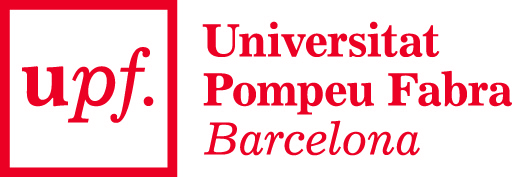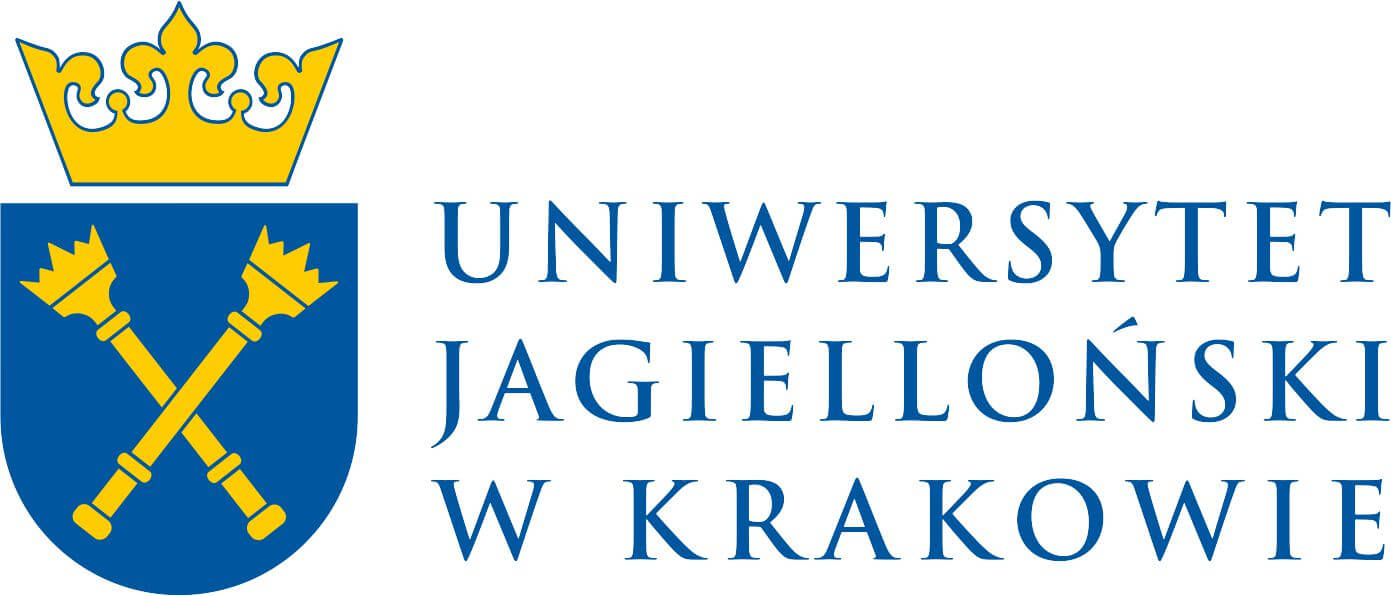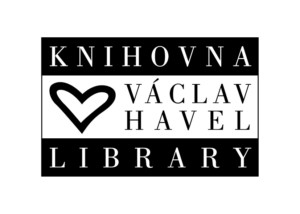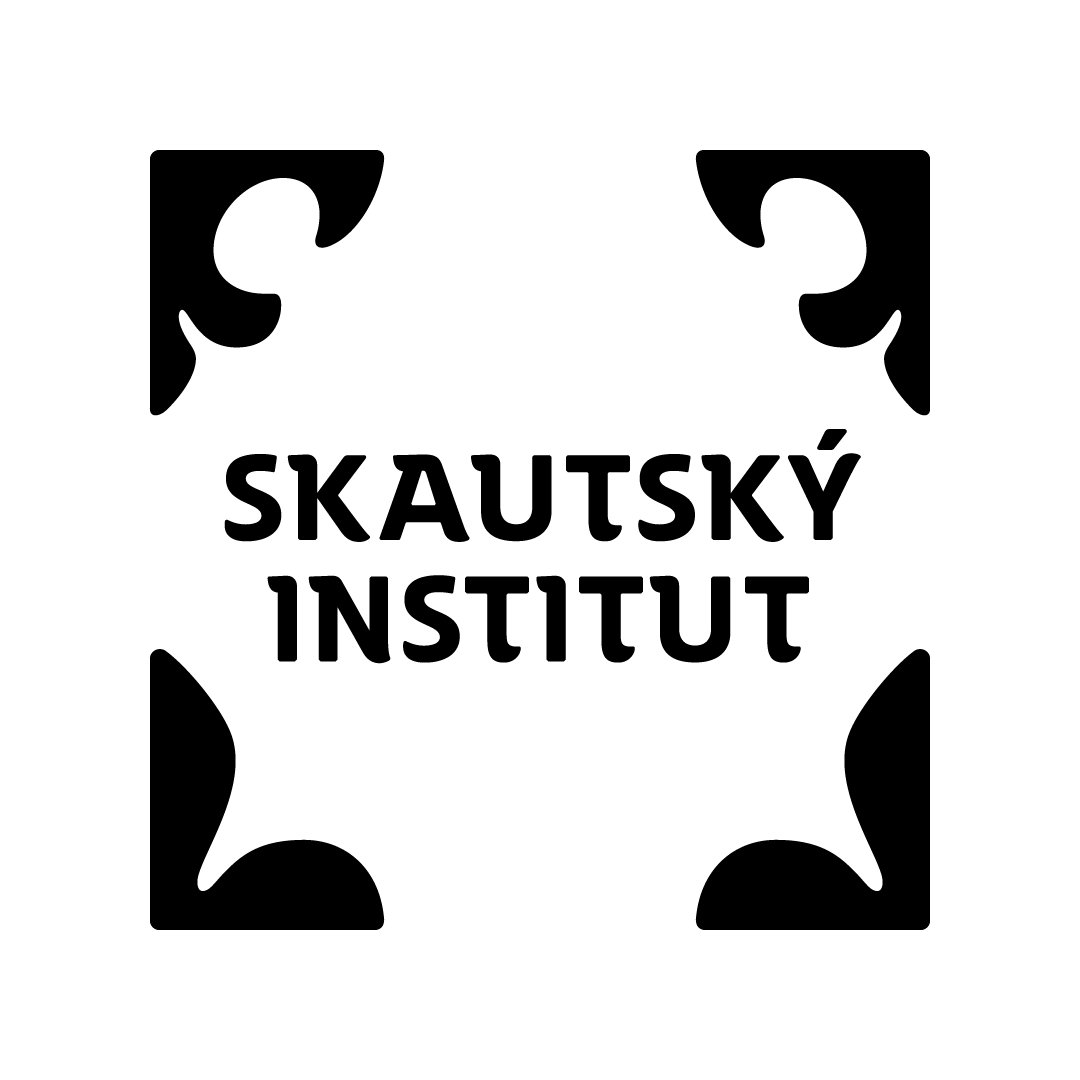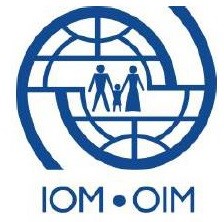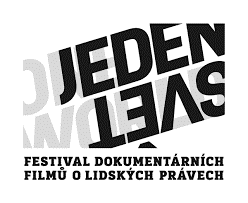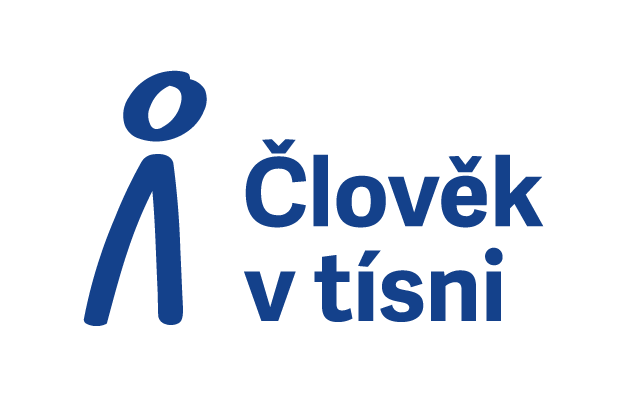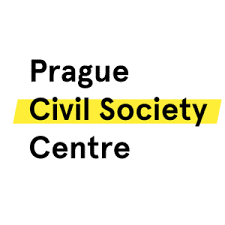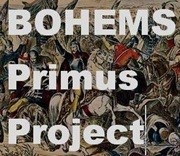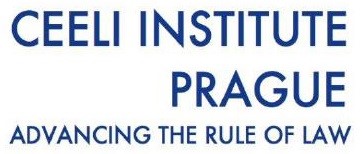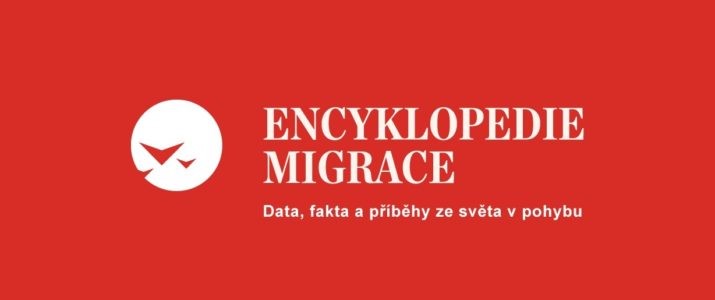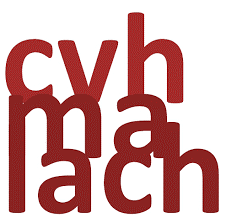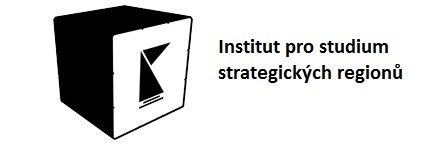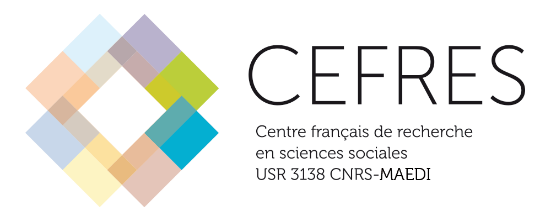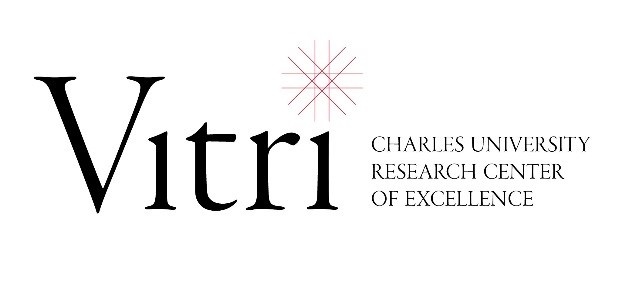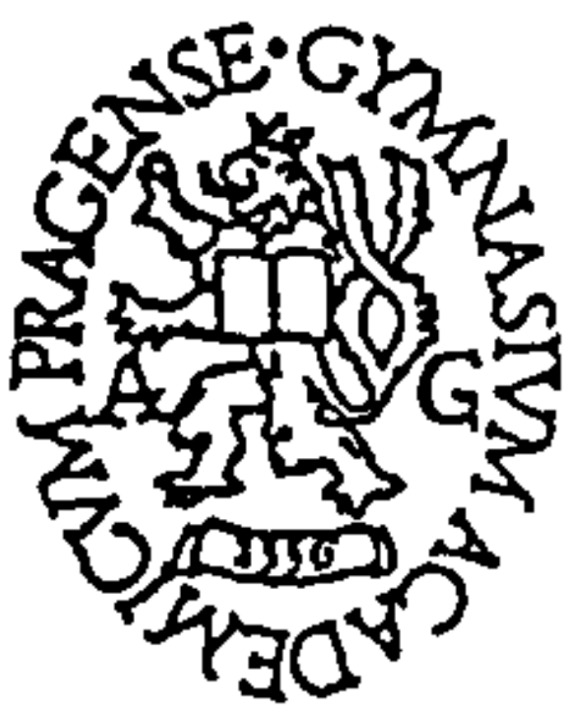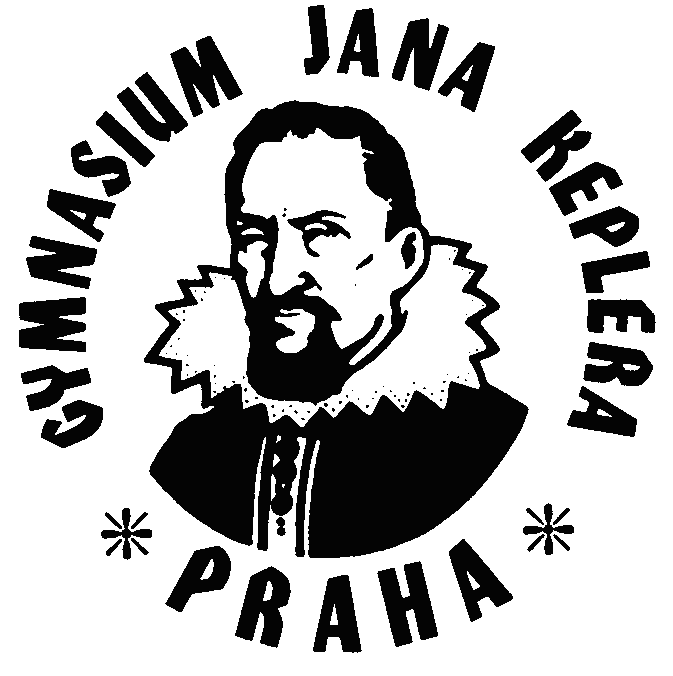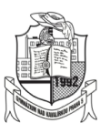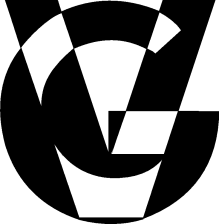Shared Sacred Sites: On Religious Tolerance and the Memory of Peaceful Coexistence
Shared Sacred Sites: On Religious Tolerance and the Memory of Peaceful Coexistence
9.12.2017 Nikola Karasová

Between September and December 2017, the municipality of Thessaloniki in Greece is hosting a series of exhibitions within a project called Shared Sacred Sites. The attention of the exhibitions is focused on a distinct phenomenon, not unusual in the Mediterranean area, of sacred sites that are commonly used by Christians, Jews and Muslims while also being shared by them irrespective of their denomination. According to the authors of the exhibit, the aim of the project is to point to both similarities and differences in reglious beliefs, holy figures and the rites that are worshipped and practiced by these religions "revealing the permeability of the frontiers between religious communities."
Visitors can explore the exhibitions in three different cooperating sites within the city: the Macedonian Museum of Contemporary Art, the Thessaloniki Museum of Photography and the Yeni Cami (New Mosque), a former mosque. While the first institution offers a perspective that combines anthropological findings with artistic depictions, the Museum of Photography reflects the experience of shared sacred sites in its visual documentation. The exhibition located in Yeni Cami attemps to re-evoke the sense of coexistence of the three religions in the historical narrative of the city.

The reasons why Thessaloniki is an ideal location for such an exhibion are obvious. The city, with its diverse ethnic and religious background, historically served as home to Christians, Jews and Muslims simultaneously. Only with the tragic events of the 20th century was there a gradual homogenization of its population, today predominantly ethnic Greeks and Greek Orthodox in the religious sense. First, the city lost its Muslim community as a result of the 1923 population exchange between Greece and Turkey, which followed after the ratification of the Treaty of Lausanne. The Second World War and the Axis occupation of Greece meant the destruction of the Jewish community, the largest in all of Greece, and the extermination of an overwhelming majority of its members.
As a result, Thessaloniki lost its former religious and ethnic diversity. To some degree, nonetheless, the cultural heritage of Muslim and Jewish communities survived in the city´s numerous monuments and historical sites, and they are thus still present in the public space. The project Shared Sacred Sites, in trying to show some positive aspects of the coexistence of different religious denominations, stresses the possibility of their peaceful cooperation. This project logically has not only supporters, but also opponents. The billboards promoting the exhibition in front of the Macedonian Museum of Contemporary Art has attracted the attention of vandals who covered them with anti-Semitic and anti-Muslim slogans, thus destroying them. Along with this, Jewish monuments and Holocaust memorials were vandalized throughout the whole of Greece in past years.
The perception of Jews and Muslims by the mainstream Greek population was far from ideal, even before the outbreak of the immigration and economic crisis a decade ago. Since then, the situation has worsened as anti-Semitic and anti-Muslim attitudes were featured multiple times in campaigns of populist and extremist political subjects. In some cases, these managed to engage the interest of certain social groups. It would be a question for a wider debate whether projects such as Shared Sacred Sites should and can serve as a platform to influence the public perception of certain social phenomena. In the Greek case, the task is seemingly unfeasible, especially when it is practically impossible to approach opponents and involve them in the common debate.
Původně publikováno na stránce projektu BOHEMs





